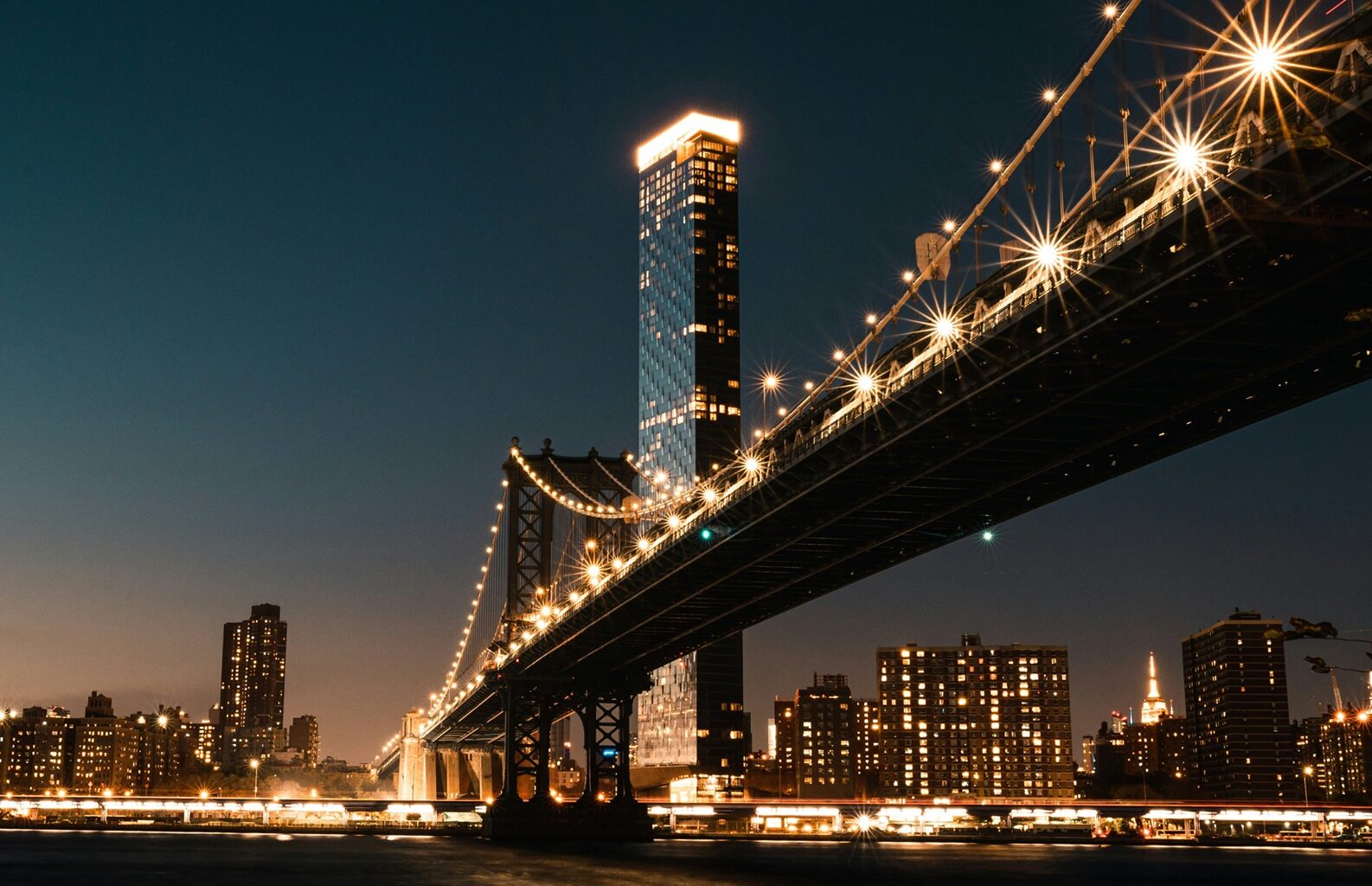Many city slickers may find it hard to comprehend, but the moon used to be the brightest source of light in the night until relatively recently. However, as the moon struggles to shine through bright artificial lights, several important natural rhythms in different species are affected, from sleep to migration to menstruation.
When night never gets dark
For many modern humans, especially city or urban dwellers, the night sky is rarely dark. Light comes from multiple sources, from streetlamps to bright neon motel advertising to smartphone screens held close to the face after dark. As reported in The new world atlas of artificial night sky brightness, more than 80 percent of humans live under light-polluted skies, affecting their ability to see the Milky Way. US and European residents even fare worse, with the percentage jumping to 99 percent in these regions.
The glow of cities even reaches remote places hundreds of kilometres away. Examples include the lights of Las Vegas and Los Angeles being visible at the Death Valley National Park.
Humans: a disrupted lunar rhythm
Humans have a 24-hour circadian rhythm that regulates important biological processes, such as sleep, wakefulness, hormone release, and even digestion. There is, however, another much slower clock aligned with the moon’s cycle. This lunar clock has impacted humanity’s sleep, fertility, and hormone patterns for thousands of years. However, even research suggests the moon is gradually losing its influence on us thanks to artificial light at night (ALAN).
Perhaps the starkest example comes from a 2025 study showing that a group of women’s menstrual cycles pre-2010 significantly synchronized with the lunar cycle. However, that was no longer the case after 2010, except in January.
The difference? The researchers point to the introduction of light-emitting diodes (LEDs) and extensive smartphone screen time, both of which increased significantly from 2010. They hypothesize that “the high gravimetric forces between the Moon, Sun, and Earth every January are sufficient for this coupling, while the increasing exposure to artificial light at night impinges on synchrony at other times.”
Other effects of ALAN include disrupted sleep cycles due to interference with melatonin production (a sleep-regulating hormone), inflammation, mood disorders, and metabolic dysfunction.
Corals: losing the Moon’s reproductive metronome
Coral reefs live in the ocean but still depend on the moon. Entire colonies use a lunar metronome to coordinate mass spawning events, meaning their survival as a species depends on specific phases of the moon.
Researchers demonstrated this by replacing natural moonlight with constant light or darkness. The result was total chaos as their clock genes fell out of pattern and reproduction collapsed.
While the experiment was conducted in a lab, scientists warn that corals near coastal regions could already be experiencing a breakdown of coral events due to light pollution, although other forms of pollution cannot be ruled out.
Marine insects and migratory animals: thrown off course
Even tiny species synchronize some of their biological processes with the moon and thus are affected by ALAN. For example, marine insects like Clunio marinus reproduce during low tides, which are caused by the moon. Studies have shown that they possess internal lunar clocks that depend on monthly signals, which could vanish under persistent illumination.
Other species, such as birds and turtles, rely on the Moon and stars for navigation. However, ALAN near coastlines and in cities has misled birds, causing them to be disoriented or fly straight into light sources. Turtle hatchlings also become clueless and end up onshore instead of in the water.
A fading connection
The Moon used to be a focal point across different species as they sync their biological processes with its cycle. However, with ALAN becoming widespread, the connection is weakening. Our nights are no longer dark, and we are getting farther away from an ancient signal that guided life for millennia.
 David Odejide – Tech Writer – 306 articles published on Notebookcheck since 2024
David Odejide – Tech Writer – 306 articles published on Notebookcheck since 2024
I am a writer and software developer with a background in Mechanical Engineering and a distinction MSc in Environmental Management (Energy). My career spans fullstack development (building desktop, web, and Android apps for enterprise clients), Content Strategist/Business Developer in the solar industry, and writing research-driven articles on electric vehicles, renewable energy, and consumer tech.
I previously ran WindowsFoneFans (remember when Windows phones were a thing?) as a social media hub for Windows phone enthusiasts. My work includes hundreds of video scripts on EVs and sustainability, with over 100 million views on YouTube. I also write about chipsets, mobile hardware, and emerging IT trends, drawing on years of hands-on development experience.
Whether it is decoding Snapdragon nodes or analyzing offshore wind policy, I aim to deliver content that is both technically sound and widely accessible. In my spare time, I manage one of the largest LinkedIn groups for wind energy professionals and enjoy getting lost in Scotland’s natural beauty.

